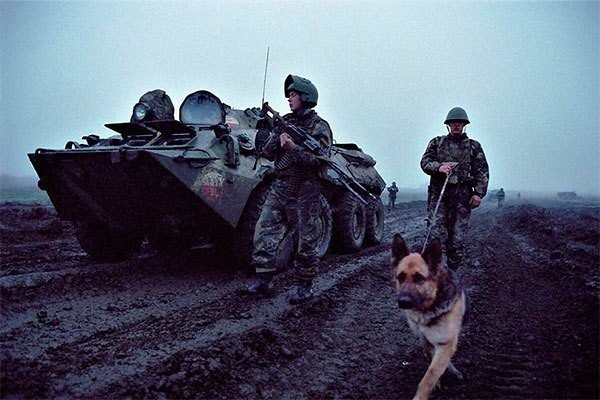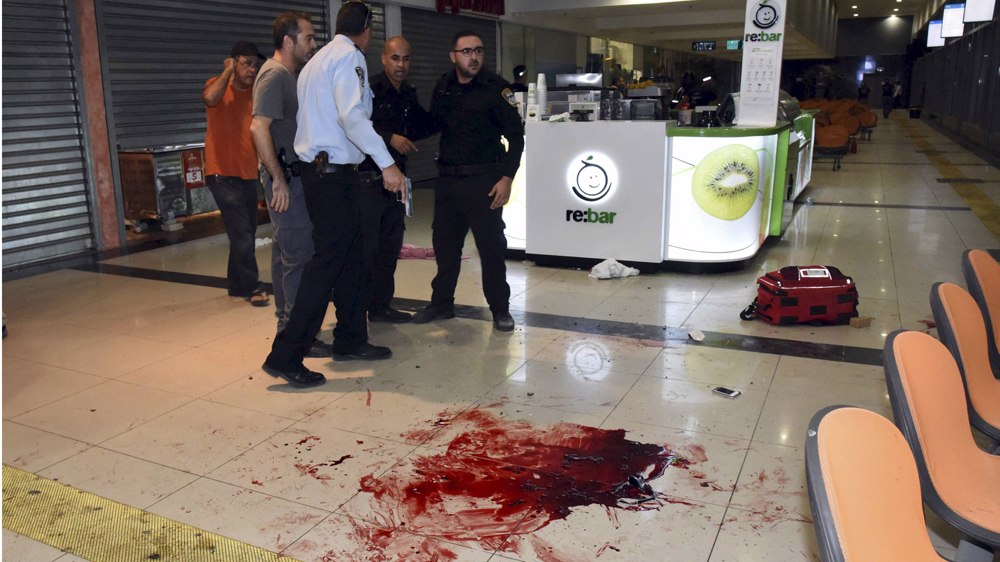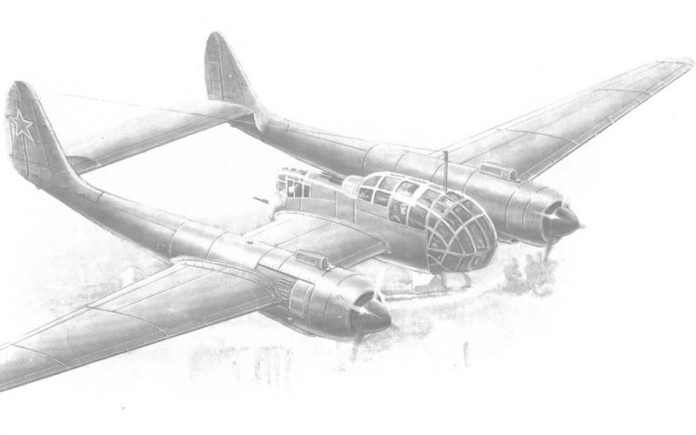 Su-12: Soviet “Frame”
Su-12: Soviet “Frame”
order gunners
Captured German spies FW-189, fell into the hands of experts NII VVS Red Army, after tests and a thorough study had positive impressions. In written statements, that the excellent visibility means you can quickly detect the enemy, and high maneuverability ensure successful reflection attacks. In this case, feed firing point firing allow pursuing fighters with no problems. "Rama" in case of danger spiral went to small height and hiding from persecution at low level flight.
Developed in the Institute of the Air Force and the specific methods of destruction FW-189 - Attack in front dive a 30-45 ° angle, or from the bottom at an angle greater than 45 °. Go to "frame" had to be out of the sun or the clouds. In case of fire the crew of the German aircraft was poorly protected - bronespinkoy was equipped with only the pilot's seat.
Pilot "frame" was very easy - it is separately mentioned Soviet testers. It was also noted the convenience of location and space controls in the cockpit. The machine can perform the function as a light bomber, able to lift into the air 200 kg bombs. Two-girder scheme FW-189 was a good idea, perfectly manifested itself at the front, and in the Soviet Union it was decided to adopt it to create similar machines.
During the war in the Soviet Air Force was not near a specialized aircraft reconnaissance and artillery fire correction. This function is partially assumed the light bomber Su-2 and IL-2 Sturmovik. The first laid off in February 1942 of the year, and the car has become the main Ilyushin "eyes" of artillery on the battlefield. In November 1943 , under the influence of the success of the German FW-189 in front of the Sukhoi Design Bureau set the task of creating a three-twin-engined scout with good maneuverability and strong armament.
For the development of the requirements referred to the Air Force Institute responded to the car. In this story, the development of the scout did not come out even beyond the conceptual design. It is still unclear, why the car decided not to develop, but IL-2 eventually was forced to perform uncharacteristic for him to function artillery spotter until the end of the war. In case of shortage of attack aircraft artillery content with balloons.
Only in 1946 year about the idea of the Soviet "Rama" recalled, and the pilots did not do it, and artillery. more precisely, Marshal of Artillery Nikolai Voronov, who wrote to Stalin about the urgent need to pay attention to the short-range reconnaissance aircraft. Marshall, in his address suggested a return to the idea of twin-boom aircraft, as well as separately to consider the concept of a spotter in the helicopter base. The idea was supported by Voronov, and 10 July 1946 It issued a decree of the USSR Council of Ministers on the construction of the aircraft.
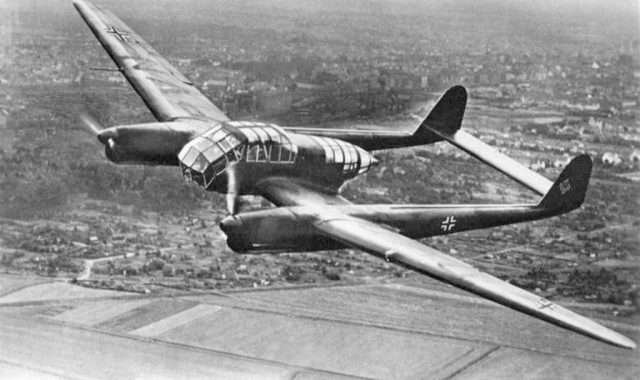 Fw-189, which became the prototype of the Su-12
Fw-189, which became the prototype of the Su-12
The designation "RK"
Requirements for army reconnaissance aircraft and part-time artillery spotter largely coincided with the characteristics of FW-189, It was only "faster, higher, stronger". Especially the "stronger" - four 20-mm cannon and booking cabin, as well as fuel tanks and engine plane made a dangerous enemy.
The composition of avionics planned to bring two cameras AFA-33, equipped with telephoto (500-750 mm) and a short-throw (200 mm) lenses. The Sukhoi design work received the name "Republic of Kazakhstan" project (Scout-spotter), and the intermediate result was to be ready for flight testing. premiere date was scheduled for 15 September 1947 of the year.
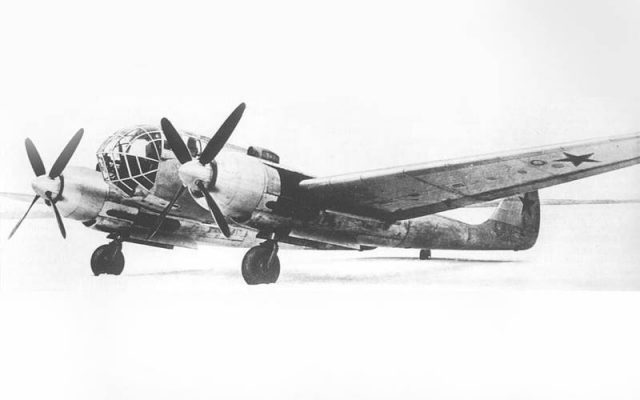
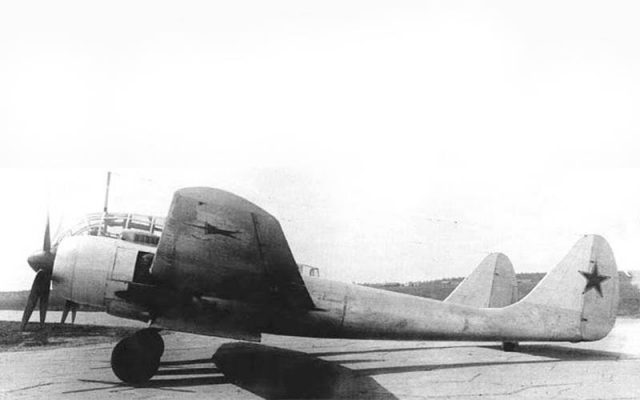
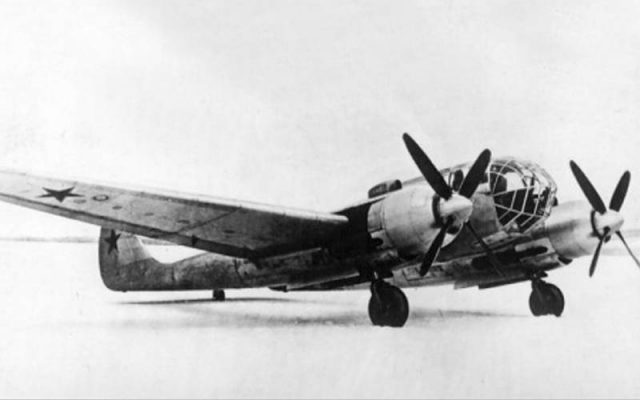 Failed Army intelligence and artillery spotter Su-12 from different angles
Failed Army intelligence and artillery spotter Su-12 from different angles
By March 47 th was ready model of the future Soviet "Rama", with which the arrangement had not been agreed by representatives of the Air Force. Strictly speaking, general of military aviation from the beginning was against development of an analog of the German FW-189 - Nikolai Voronov hardly pushing the idea of cars for the needs of the development of artillery.
After pre-layout analysis concluded, The car does not need troops. First referred to the finished and tested Tu-8, which the, but, It was too great for such tasks (nevertheless take-off weight 11 tons against 9,5 the "RK"). First offered to facilitate a couple of tons of Tupolev machine, and later general pointed to the IL-2KR and IL-10. According to the Air Force leadership, Ilyushin aircraft quite successfully cope with the tasks of correction of artillery fire and military intelligence. The truth here, reconnaissance vehicle based on the Il-10 has not created.
Generally, will be military pilots, "RK" would be sent to the archives for an indefinite period or, best case scenario, tortured with modifications, and then abandoned as a outdated. But it was the decision of the Council of Ministers, and it was necessary to carry out. "RK" was the name of Su-12 and 26 August 1947 of the year, ahead of schedule, aircraft overcame gravity. The car was understaffed - there was no photographic equipment, weapons and radios. Unreliable engines ASH-82M power 2100 HP. replaced tested, but less torquey (1850 hp) ASH-82FN.
Need to say, what, rising to 30 October 1947 the year the sky 27 time, Su-12 made a good enough impression on the testers. Celebrated ease of use, easy operation, cabin space and good aerobatic properties. true, with less powerful engines pilots failed to reach the planned maximum speed 550 kmh. Achieved only 530 km / h at an altitude of 11000 m. But here's the problem with arms and could not decide - gun installations were not ready for public testing. Nevertheless, the beginning of summer 1948 , during the Su-12 test flown 72 hours during 112 departures, the second time confirming its suitability for the army.
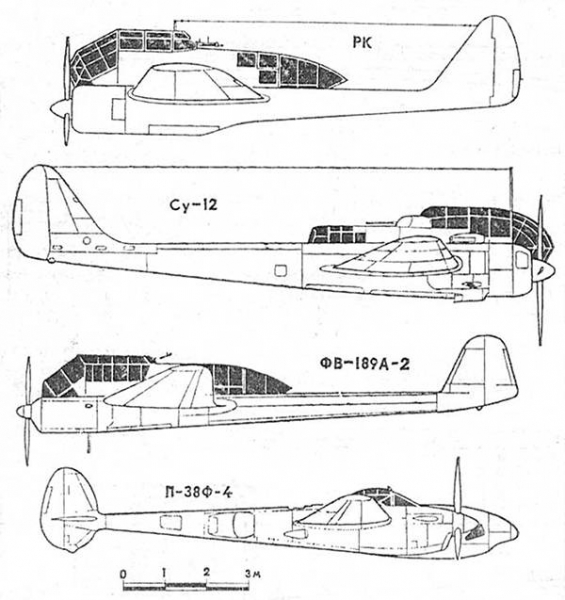
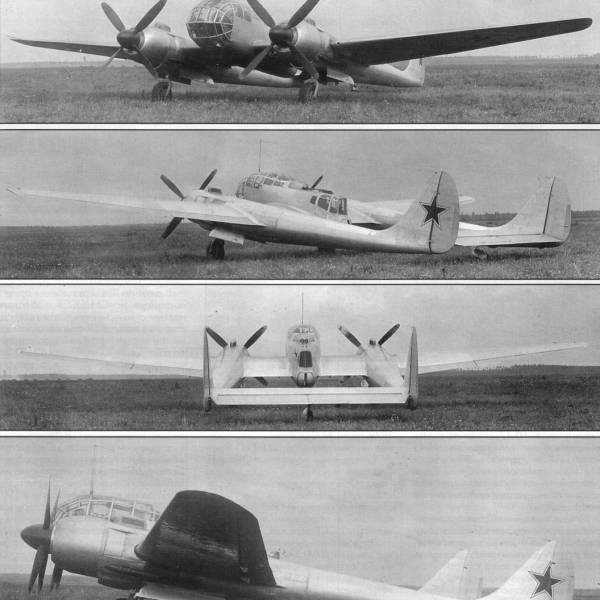 Su-12
Su-12
OKB-43, responsible for the development of cannon systems for the Su-12, simply have the next Council of Ministers to the top 1949 year to complete work on a task. As chief designer Pavel Sukhoi pointed to the need to address structural shortcomings of small airplane. In particular, they talked about the difficulties of planting machines for three-wheel chassis. During rework machine had lengthened tail booms - this solves the problem of simultaneous touch the runway by three points.
combat use of the Su-12 tests were to Gorokhovetsky artillery range and Kalinin range. The crew of four (planned three) could from a height 6000 meters to determine the caliber of the work of the artillery battery 120 mm, and from a height 1500-3000 meters was possible adjustment of own artillery fire. By July 1949 , the machine was fully ready for serial production - in the Air Force need the Su-12 was evaluated in 200-300 pcs, no more. By this time the park of artillery spotters on the basis of IL-2, most of which have been war, already thoroughly decayed. But the Su-12 and did not become serial. Why?
At first, produce it was nowhere - all aircraft factories working at full capacity, and many are still not fully been restored. The relevant departments even considered the possibility of the transfer news in the build friendly Czechoslovakia.
Secondly, The Su-12 was a typical inter-agency project - military aviation from him waved, not wanting to deal with the problems of artillery. In the case of the present Air Force interest in such a plane spotter, without a doubt, I would go into a series of.
Thirdly, The Council of Ministers in November 1947 the year closed the Sukhoi Design Bureau, allocating staff to offices Design Tupolev and Ilyushin. Yet again, deal with the fate of someone else's car no one wanted.
finally, fourthly, for the Main Artillery Directorate interesting project-spotter helicopter provided EDO Bratukhina. He has not approached in many ways, but shifted the focus of attention at the department rotorcraft. As a result, 1956 year instead of the Su-12 armament took spotter helicopter Mi-1KR / TCR. Traces same single instance Su-12 lost, and it was only for the history in photographs.
Based on materials:
— The magazine "Wings of Motherland". Sobolev, DA, DB Khazanov. German mark in the history of domestic aviation.
— Yakubovich H. All aviashedevry Dry: from Su-2 and Su-27 and T-50.
— Airwar.ru.
/Yevgeny Fyodorov, topwar.ru/







